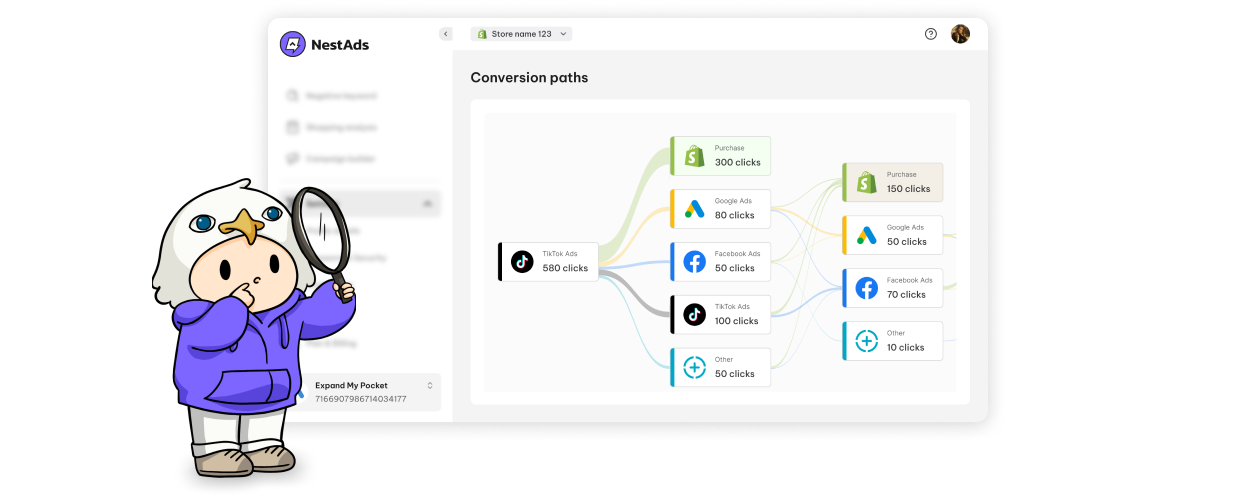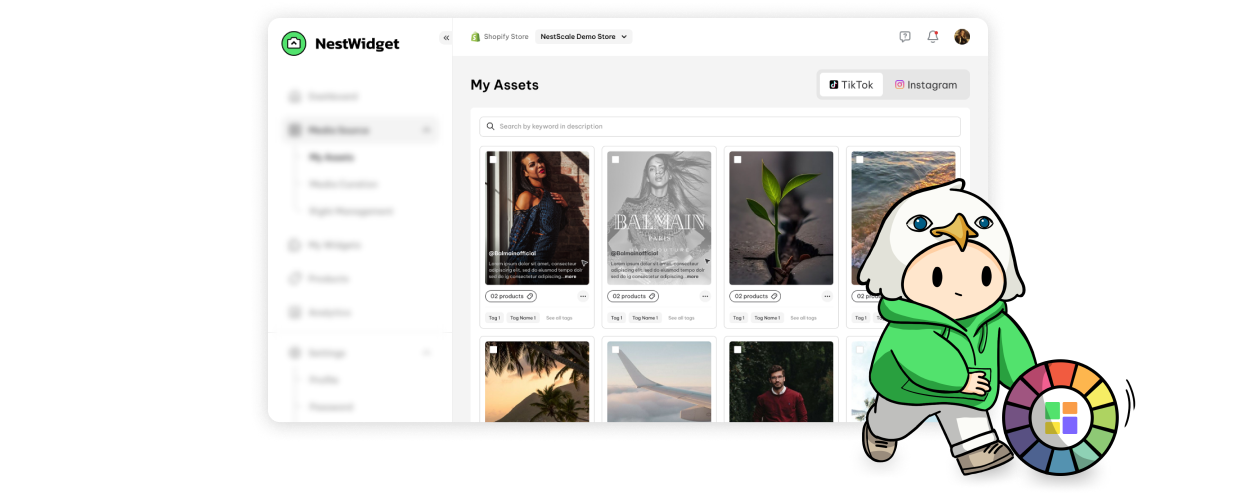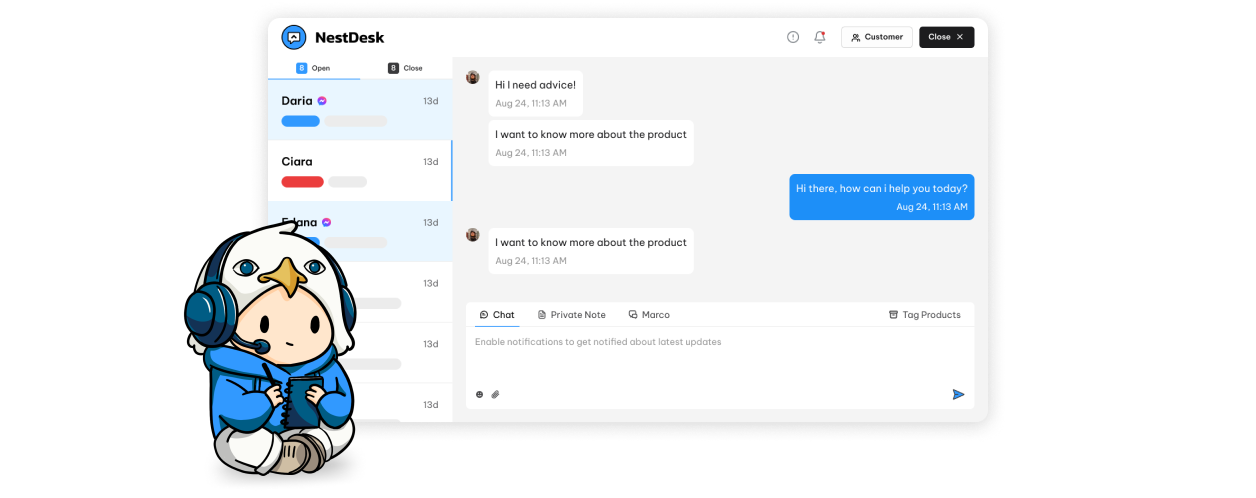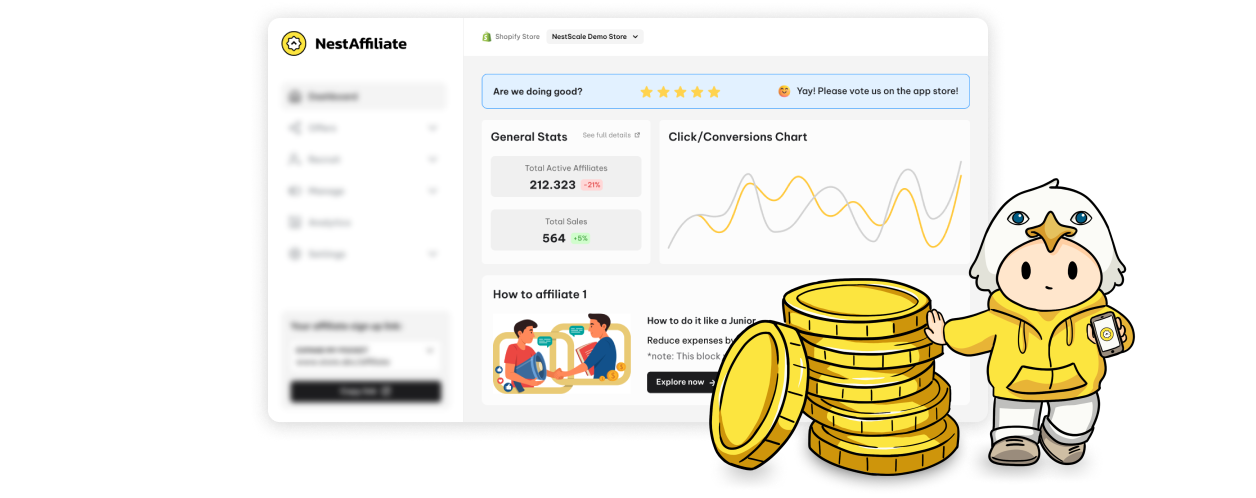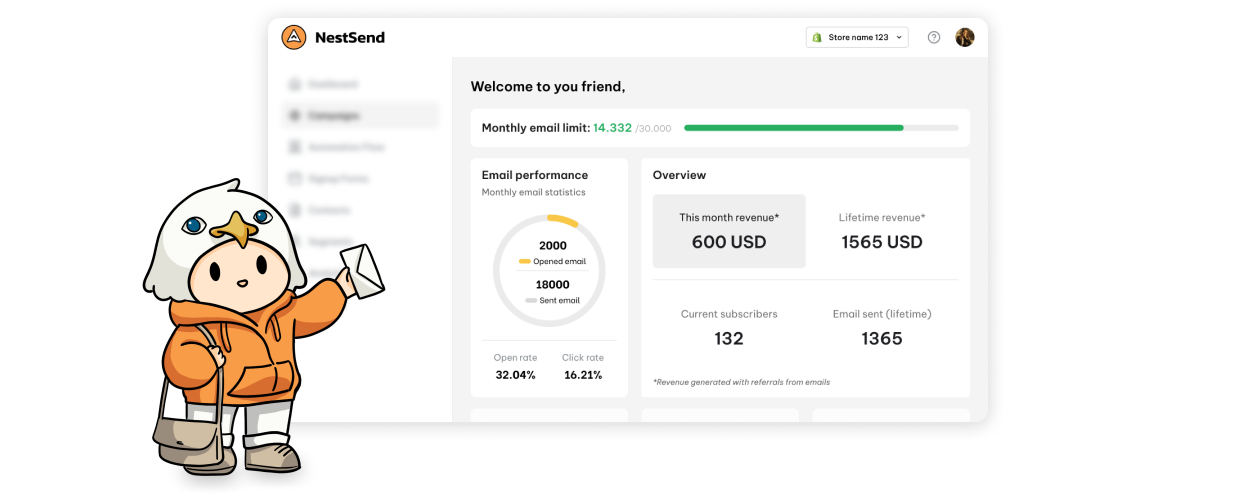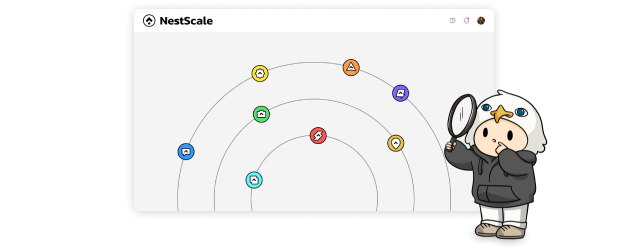What is organic reach?
Organic reach refers to the number of unique users who see your content without paid promotion. It’s the natural exposure your posts receive through followers, shares, and algorithm-driven placements on platforms like Facebook, Instagram, and X.
This is a valuable metric because it shows you how effective your content is at naturally spreading and engaging your audience. It can also help you understand which types of content resonate most with your followers and how to improve your overall social media strategy.
How do you calculate unpaid reach?
This metric is typically provided by platform analytics tools. However, to understand its impact, you can calculate it with this formula:
Formula
Organic reach rate = Organic reach Total audience × 100
What is the difference between reach and natural reach?
While reach includes all views, organic one focuses merely on natural visibility.
| Reach | Natural reach |
| The total number of unique users who have seen your content, including both paid (advertised) and unpaid (organic) views. | The subset of reach that includes only the unpaid views. |
Social media organic reach rate benchmarks across platforms
Here are the average natural reach rates for popular platforms:
| Platform | Average non-paid reach rate | Engagement rate |
| 2.60% | 0.15% | |
| 4.00% | 0.70% | |
| TikTok | Not specified | 2.65% (by followers), 4.07% (by views) |
💡 These benchmarks indicate that the non-paid reach rates across platforms are low. So, it’s challenging for brands to maintain visibility without investing in paid advertising.
Is non-paid reach declining?
Yes. It is declining across major social media platforms. And the reasons for this may be:
- Algorithm changes: Platforms prioritize personal content over brand posts.
- Paid advertising priority: Sponsored content overshadows organic posts.
- User behavior: Passive consumption patterns where users scroll quickly through feeds without interacting with posts.





